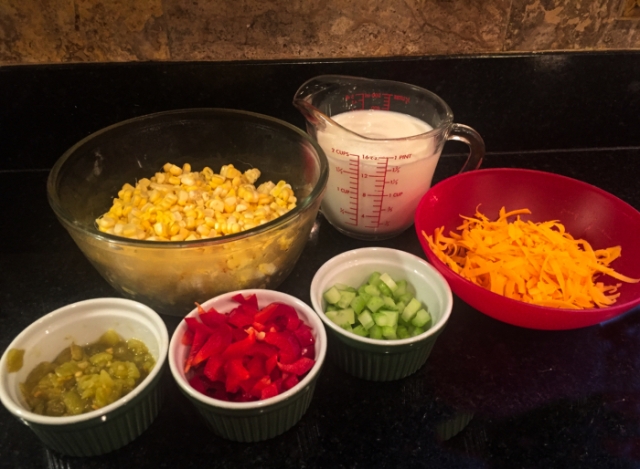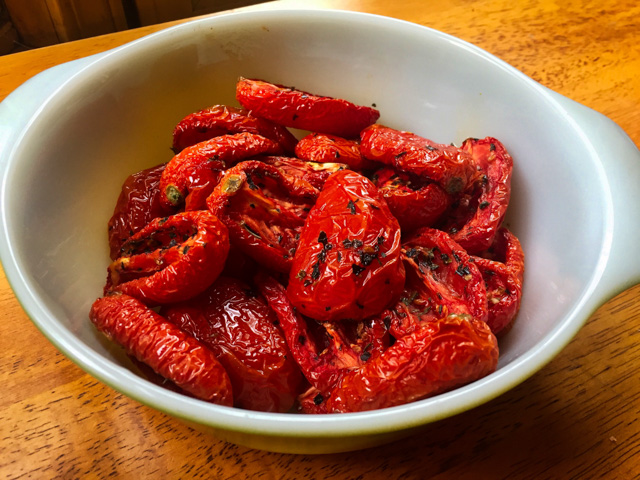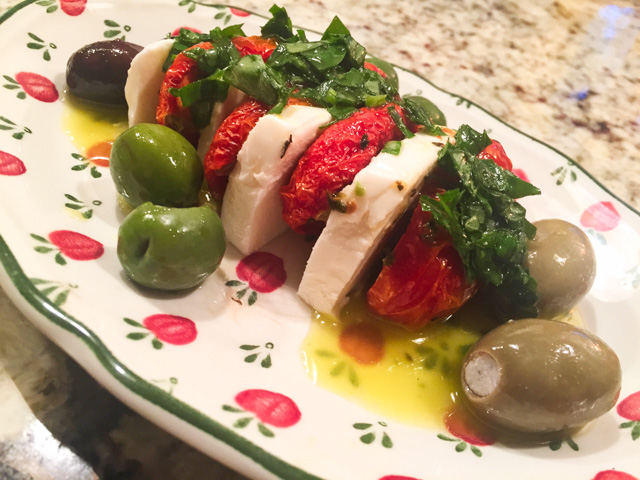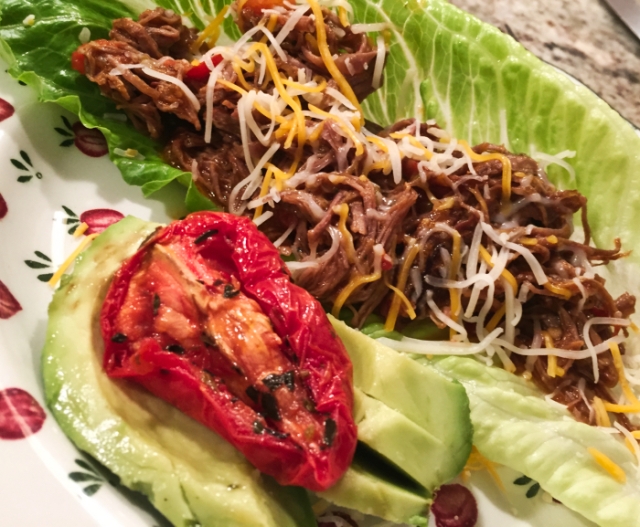
The recipe for this bread, also known as 500 g overnight sourdough, is beyond tried and true. My dear friend Elaine has been baking this very recipe for years, probably at least twice every week, if not more often. Her very detailed blog post about it can be found here. You can also marvel at her slashing skills, which inspired me to become more adventurous. Remember?
When you bake bread on a regular basis, it is nice to have a formula that is not overly complicated, one you can do it almost without effort. This is it. Of all sourdough breads I’ve baked, this is the one that I will go back to when I want a great loaf of bread, pure with regular bread flour, just that delicious sourdough tang, and a crumb that has the type of texture I enjoy. Some holes, but not a bread sieve. And add to that great crust too. All bases are covered.
Here is a simplified overview of the recipe. First, you need a bubbly sourdough starter, at 100% hydration, that is 50:50 flour to water ratio.
You’ll use 150 g of your bubbly sourdough and mix it with 285 g water, 500 g bread flour, and 9 g of salt. Incorporate it all with your hands, no need to work very hard. Leave it for 30 minutes at room temperature, then knead it by folding a few times. Let the dough proof at room temperature overnight. Mine was ready to walk outside and greet the world…
Pour the dough gently out on a floured surface, shape it.
Let it sit for 30 minutes, while you heat the oven to 450 F.
Slash it with enthusiasm…
Bake for 45 minutes, leaving the bread covered for the first 30 minutes, generating steam whichever way you like.
I use the moistened lid of a Dutch oven.
To view the detailed recipe, visit Elaine’s site.
I loved this recipe so much, that I baked it twice in the same week, so that we had enough bread for a bunch of golfing buddies that visited us. On my second time around, I went for a wheat-stalk design, but the bread had a mind of its own…
Still, it’s fun to try different patterns.
The goal… a few wheat stalks decorating the bread….
The outcome… not exactly a wheat stalk, but it’s always nice to see a strong oven spring in action!
I can hardly wait to bake again, and try new slashing patterns on the bread. For the wheat stalk, I think the key is to either omit the central slash of the stalk, or make it very delicate and shallow. Must practice…
Elaine, thanks for bringing sourdough baking back to my routine,
you are a constant source of inspiration!
ONE YEAR AGO: Zucchini, Lemon and Walnut Cake
TWO YEARS AGO: Paleo Energy Bars
THREE YEARS AGO: Pecan-Crusted Chicken with Honey Mustard Dressing
FOUR YEARS AGO: Mozzarella Stuffed Turkey Burgers
FIVE YEARS AGO: Cashew Chicken Lettuce Wraps
SIX YEARS AGO: Clay-pot Pork Roast
SEVEN YEARS AGO: Panmarino
EIGHT YEARS AGO: A Classic Roast Chicken















 Corn 1 x 0 Sally
Corn 1 x 0 Sally












